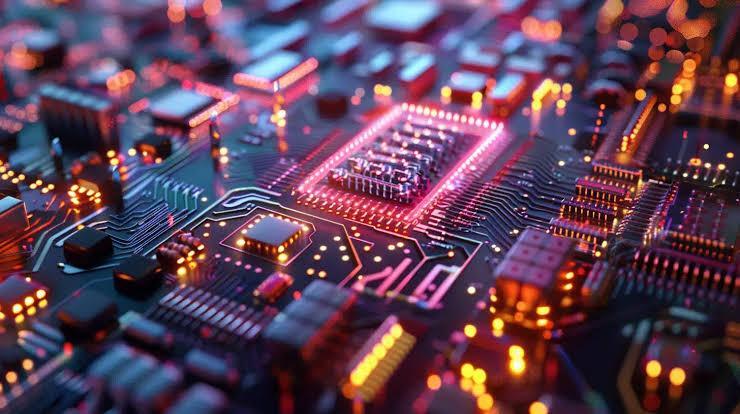The Next Leap: Key Trends Shaping the Computing Power Market

The future of the Computing Power Market Trends is being defined by a relentless quest for greater performance, improved efficiency, and increased specialization. As the industry continues its steady march toward its projected $104 billion valuation by 2035, a journey powered by a solid 7% CAGR from 2025 to 2035, several transformative trends are emerging that will shape the next generation of processing technology. These trends are moving beyond the simple scaling of general-purpose CPUs and are embracing new architectures and paradigms to overcome the challenges of physics and power consumption, heralding a new era of computation that will be more diverse and powerful than ever before.
One of the most dominant trends is the shift towards accelerated and specialized computing. As Moore's Law slows and the performance gains from general-purpose CPUs become more incremental, the industry is increasingly turning to specialized hardware accelerators to handle specific, demanding workloads. GPUs for AI, FPGAs for networking and real-time applications, and custom-designed ASICs for tasks like video transcoding or cryptocurrency mining are becoming more common. This trend, often called heterogeneous computing, involves using the right processor for the right job, creating systems that are far more performant and energy-efficient than those relying on CPUs alone. This move towards a diverse "toolbox" of processors is a fundamental shift in computer architecture.
Another critical trend is the growing importance of sustainability and energy efficiency, often referred to as "Green Computing." Data centers are massive consumers of electricity, and the environmental impact of this energy consumption is a major concern. This is driving a huge wave of innovation aimed at reducing the power draw of computing infrastructure. This includes the development of more power-efficient chip architectures like ARM, the use of advanced liquid cooling techniques that are more effective than traditional air cooling, and the powering of data centers with renewable energy sources. The performance-per-watt is becoming as important a metric as raw performance, and vendors who can deliver more computing power with less energy will have a significant competitive advantage.
Looking further ahead, several next-generation computing paradigms are on the horizon, holding the potential to be truly disruptive. Quantum computing, while still in its early stages, promises to solve certain types of complex optimization and simulation problems that are completely intractable for even the most powerful classical supercomputers. Neuromorphic computing, which seeks to mimic the structure and efficiency of the human brain, could lead to breakthroughs in AI and low-power sensing. While these technologies are likely still a decade or more away from widespread commercial use, they represent the long-term future of the industry and are attracting significant research and investment as the world looks for the next great leap in computing power.
Explore Our Latest Trending Reports:
- Art
- Causes
- Crafts
- Dance
- Drinks
- Film
- Fitness
- Food
- Games
- Gardening
- Health
- Home
- Literature
- Music
- Networking
- Other
- Party
- Religion
- Shopping
- Sports
- Theater
- Wellness
